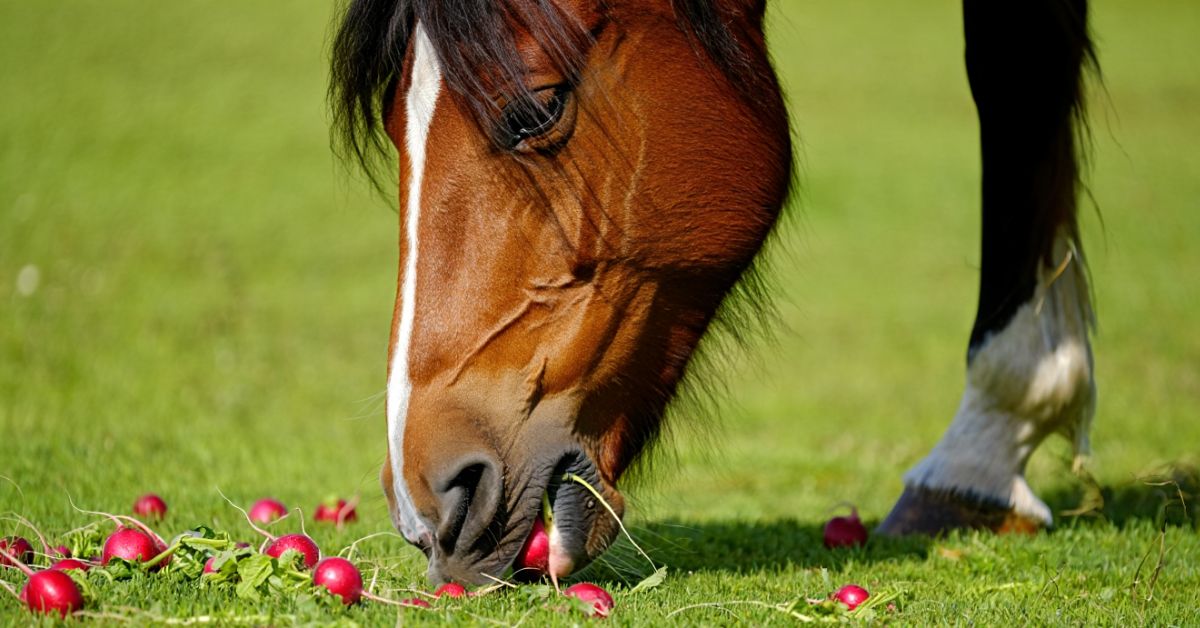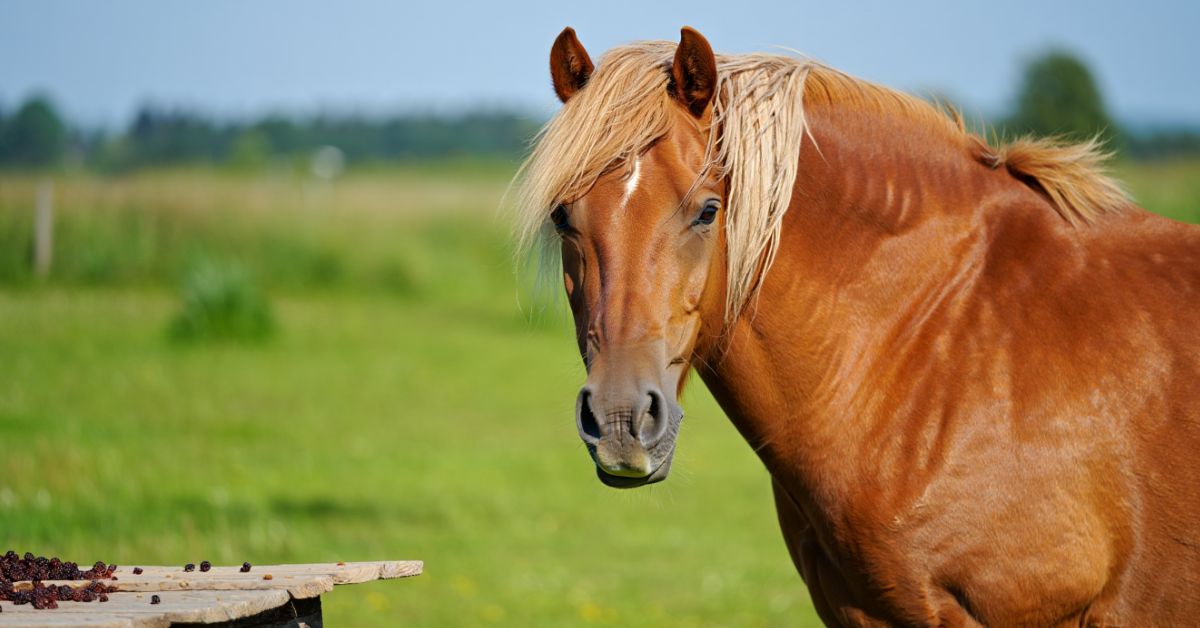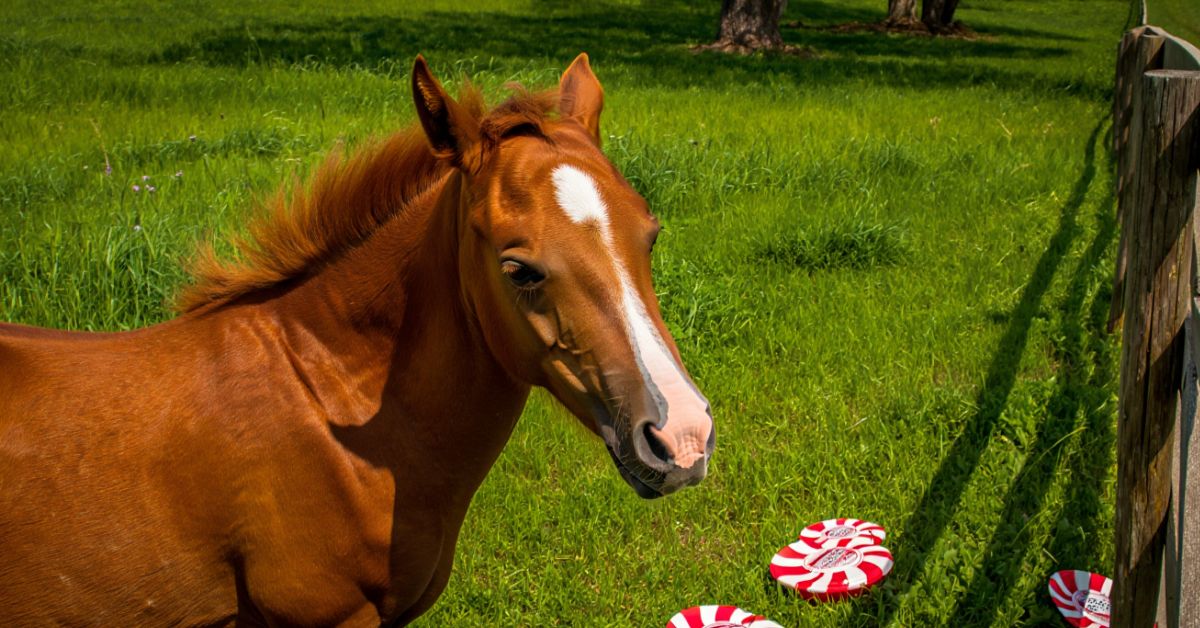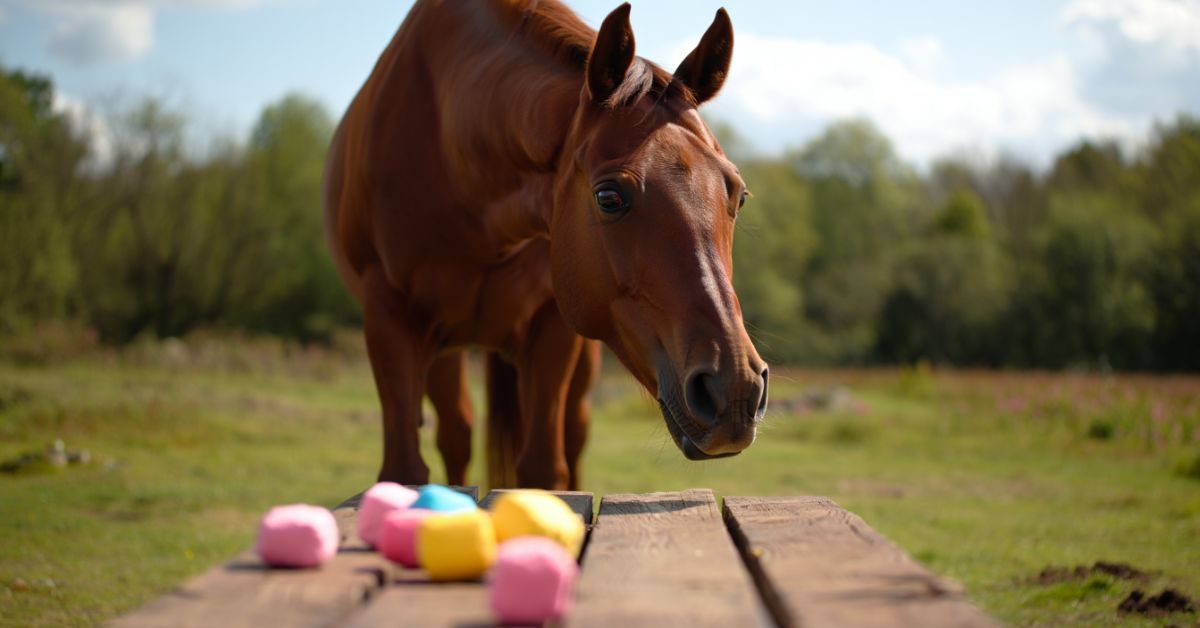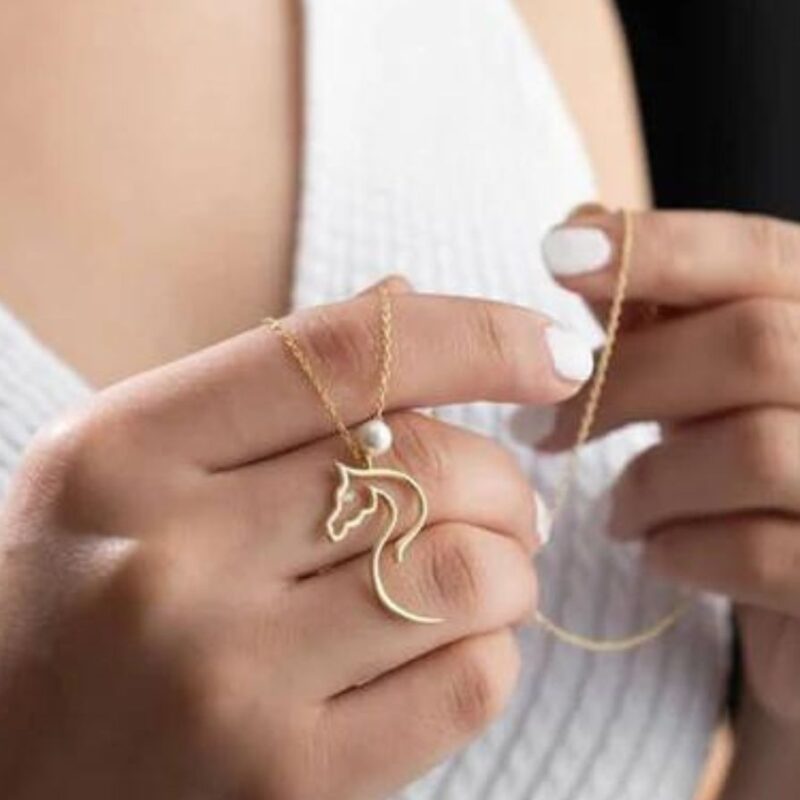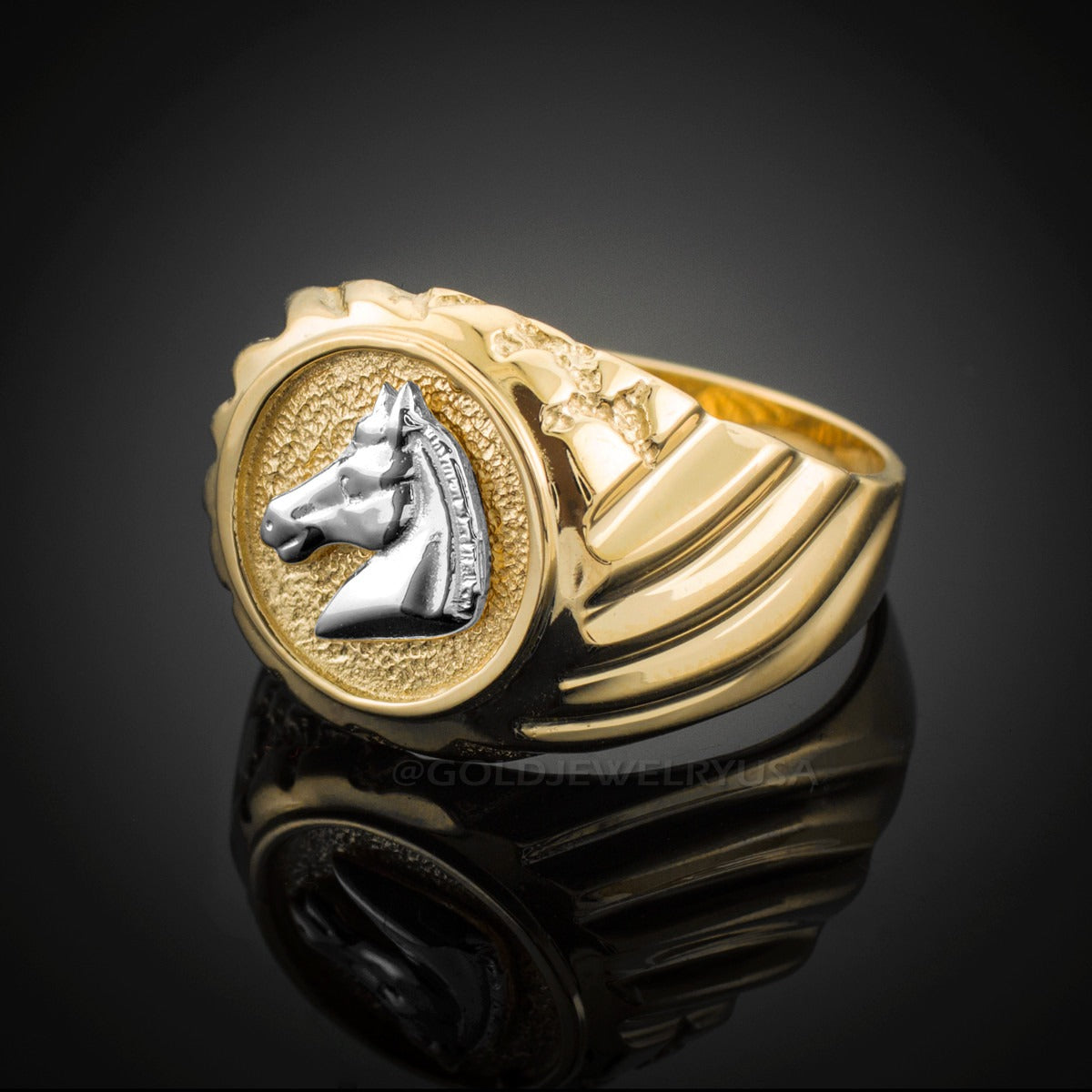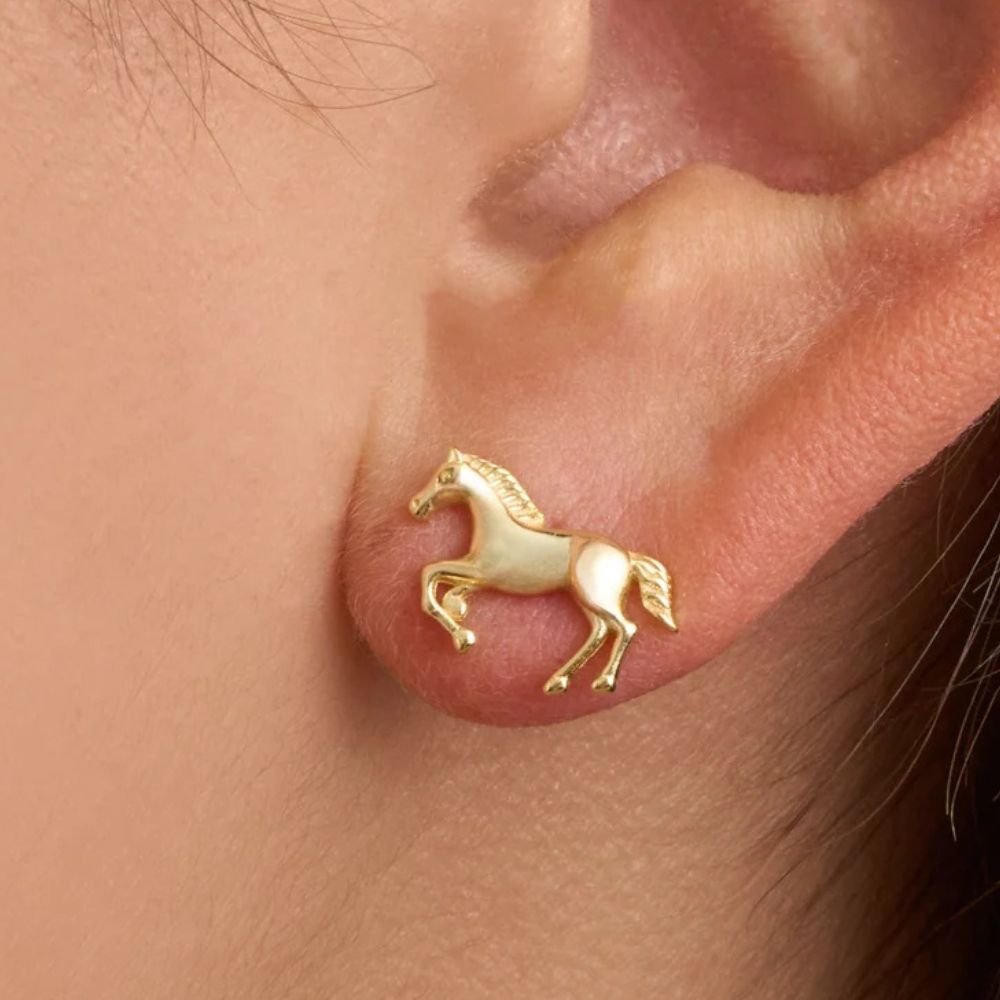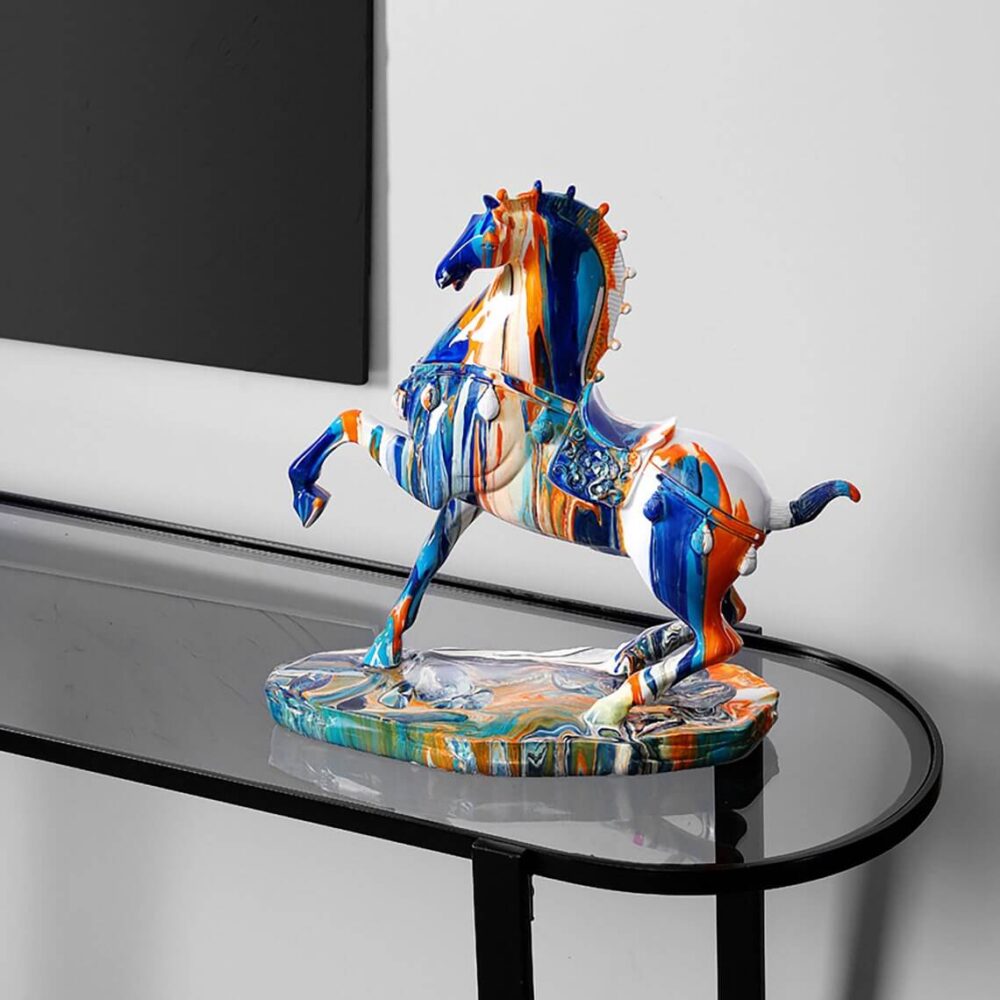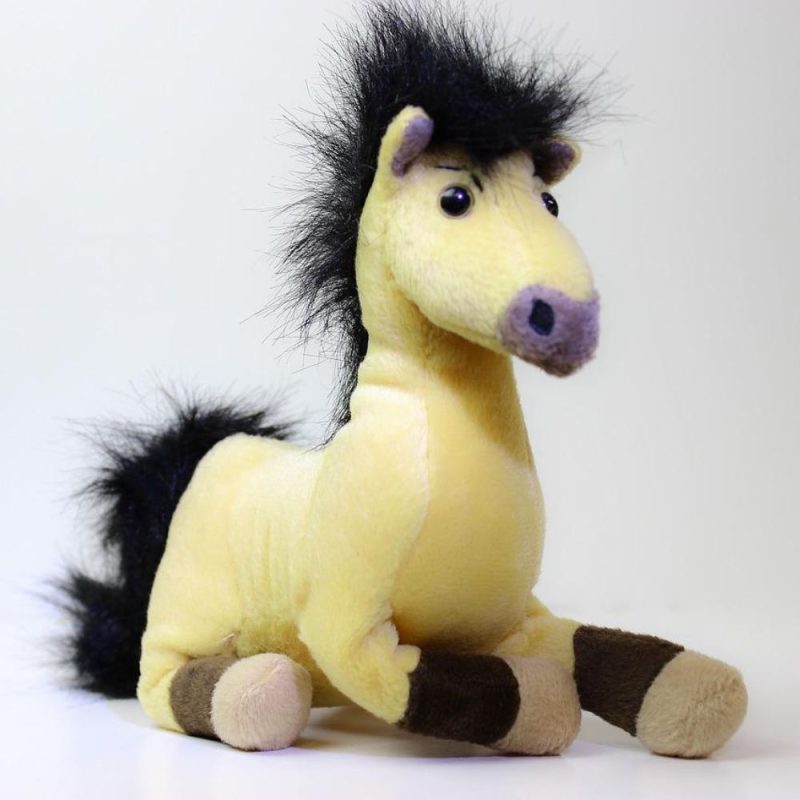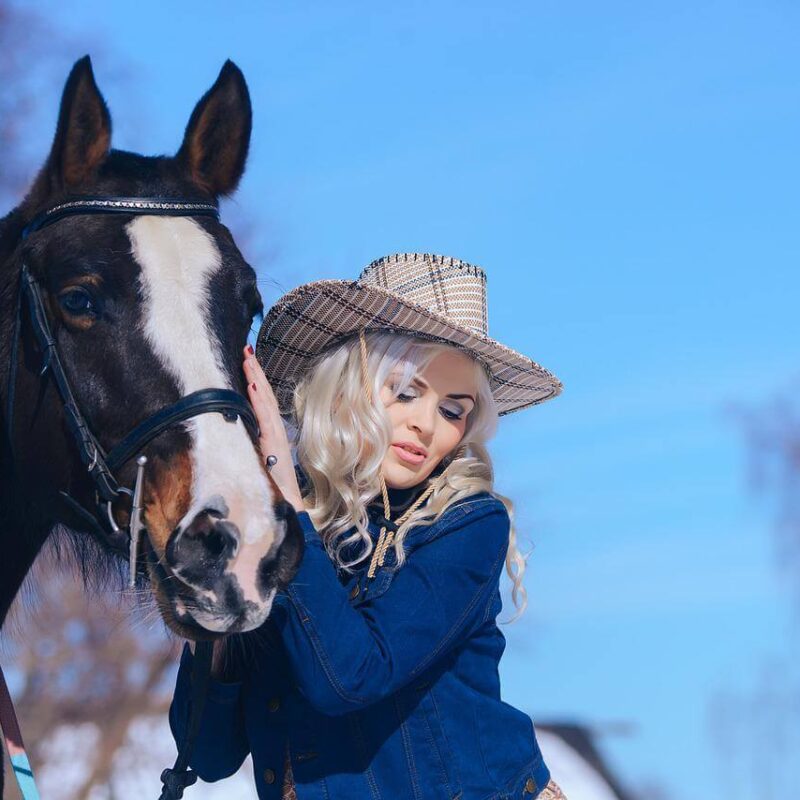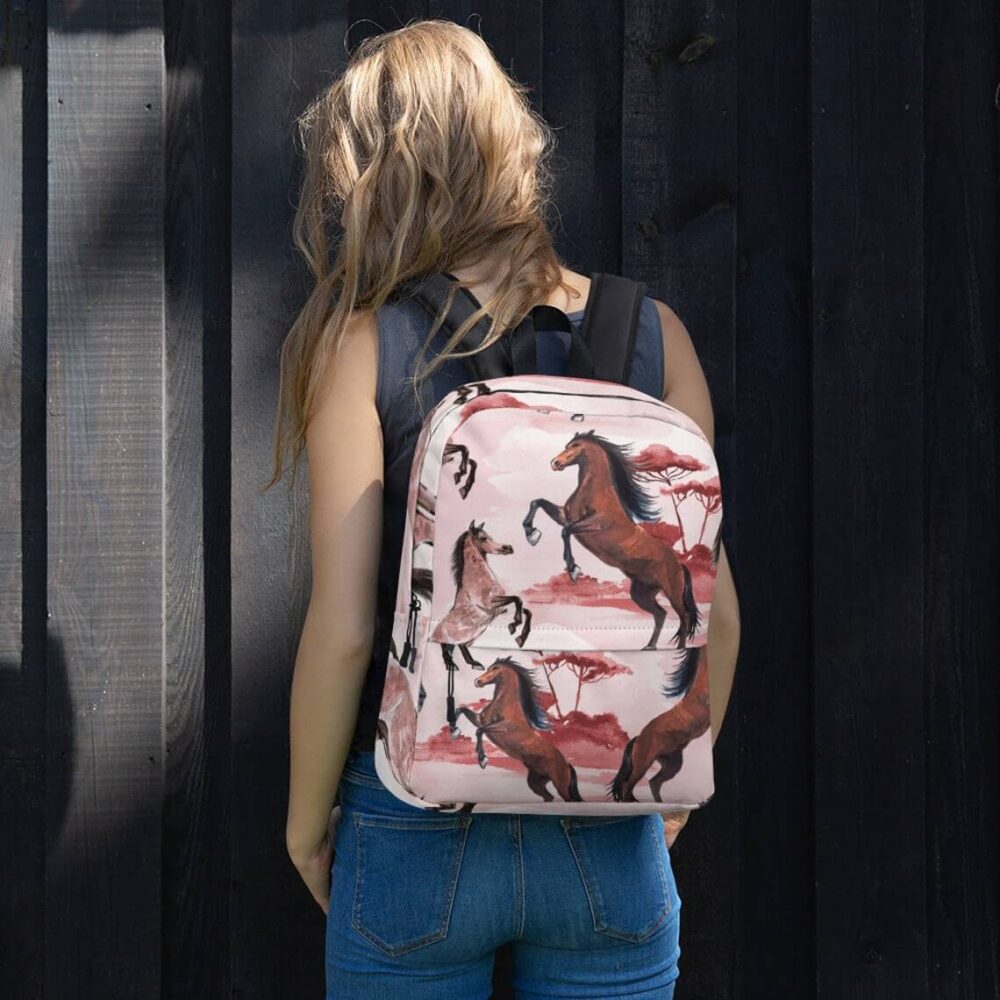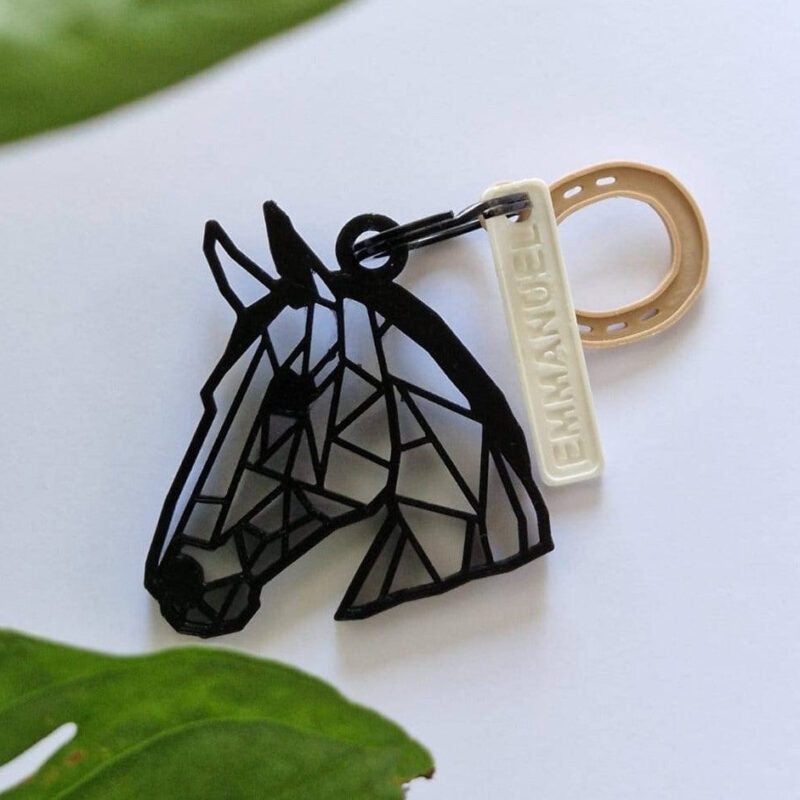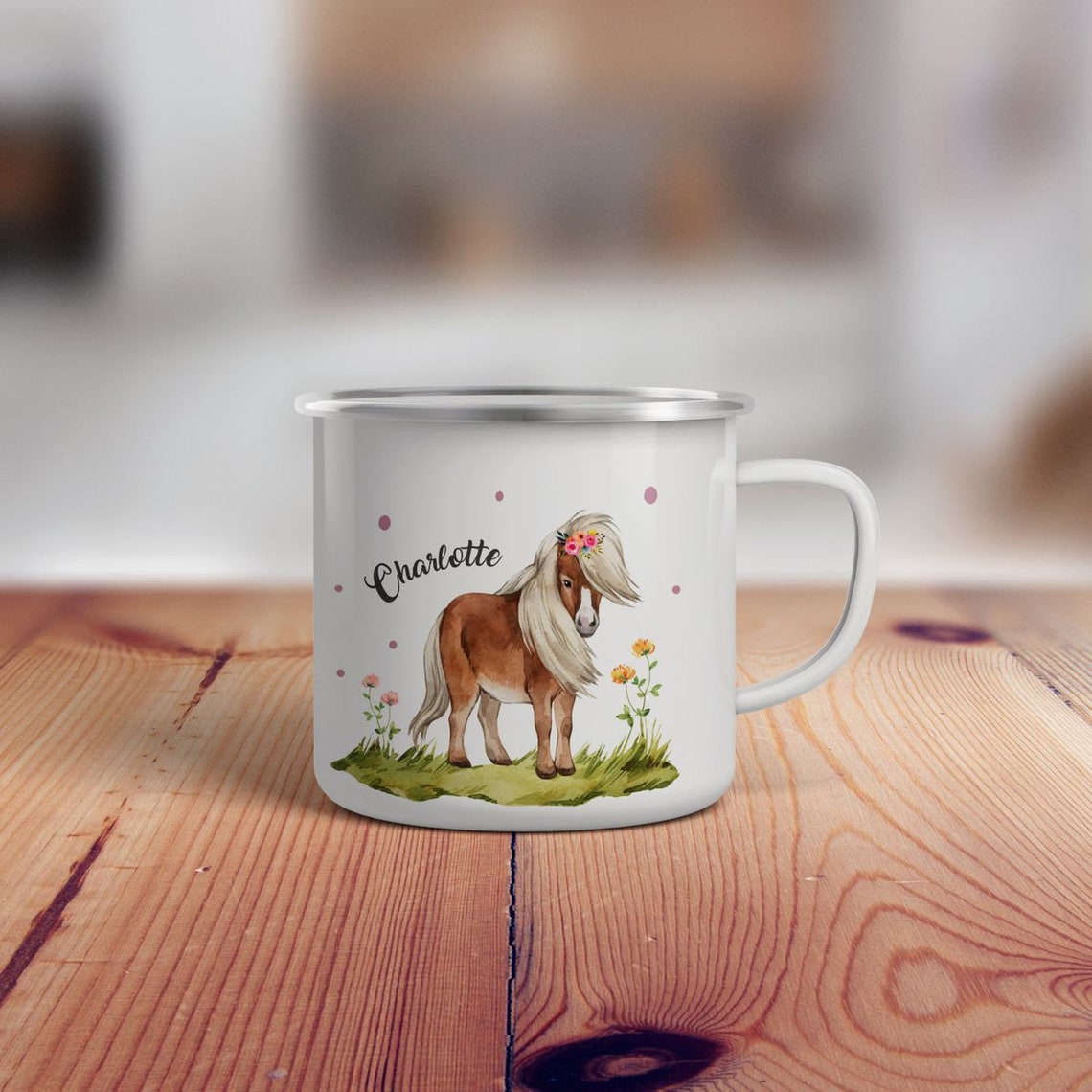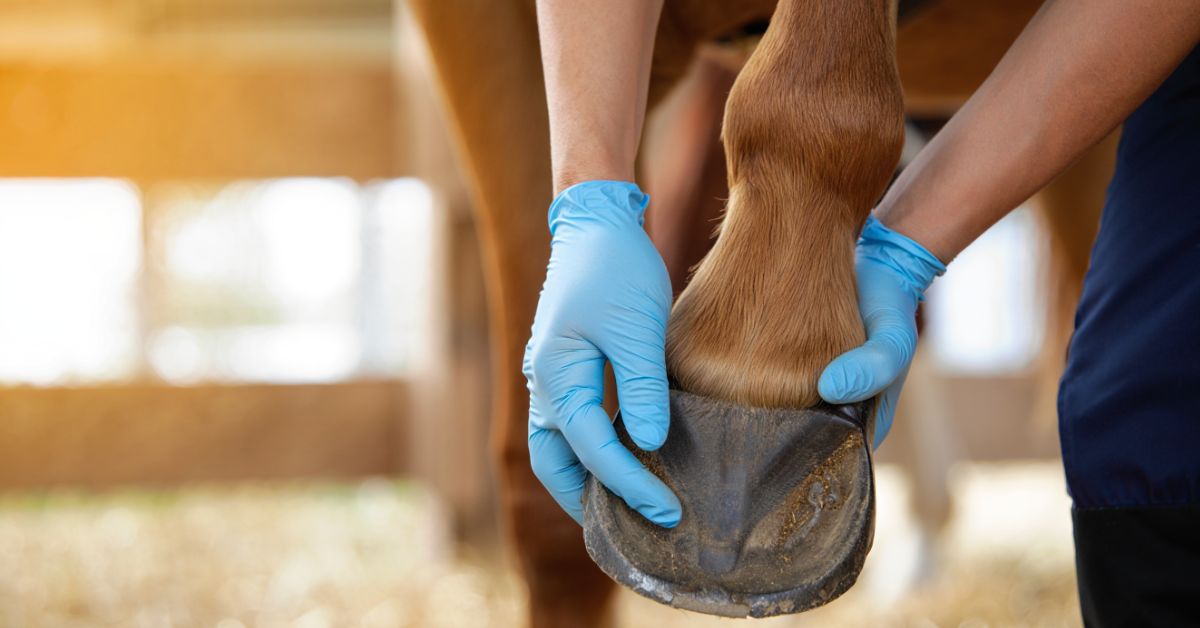
What Is Canker in Horses? Understanding This Serious Hoof Disease
What is canker in horses? This question concerns many equestrians, and for good reason. Equine canker is a chronic, progressive hoof disease that affects the sensitive tissues of your horse's foot, particularly the frog and sole. Unlike common conditions like thrush, canker disease horses experience is far more aggressive and destructive. This infectious hoof condition causes abnormal tissue growth that appears cottage cheese-like or warty, often accompanied by a foul odor and persistent moisture. If you've noticed unusual growths on your horse's frog, bleeding tissue, or a distinctly bad smell coming from their hooves, you might be dealing with canker. The condition, also known as chronic proliferative pododermatitis or equine pododermatitis, requires immediate veterinary attention. Without proper treatment, canker can cause severe lameness and permanent damage to your beloved companion's hooves. Understanding this condition is the first step toward protecting your horse's health and ensuring they can continue doing what they love most—being your trusted riding partner. 🐴
Understanding Equine Canker: What Every Horse Owner Should Know
The Nature of This Aggressive Hoof Condition
Let's get real about what is canker in horses—it's not your average hoof problem. Horse hoof canker represents one of the most challenging equine foot diseases veterinarians and farriers encounter. This isn't something you can ignore or treat with a simple home remedy.
Canker affecting the frog starts as abnormal tissue proliferation in the hoof's sensitive structures. The affected tissue becomes soft, moist, and develops a characteristic appearance that experienced horse professionals describe as resembling cauliflower or cottage cheese. This hoof tissue proliferation is actually the body's abnormal response to infection, creating warty growths on horse hoof surfaces that shouldn't be there.
According to renowned equine veterinarian Dr. James Rooney, "Canker is the most destructive and difficult-to-treat disease of the equine foot, often requiring months of intensive therapy." This statement, made in 2018, still rings true today as horse owners battle this persistent condition.
Canker vs Thrush in Horses: Critical Differences
Many horse owners confuse canker with thrush, but understanding the difference could save your horse's soundness. While both involve the frog and both smell bad, that's where the similarities end:
Thrush affects the surface tissues, responds quickly to treatment, and rarely causes severe lameness. Equine canker, however, is a deep-seated canker that invades the sensitive laminae and produces abnormal tissue growth. The bad odor from horse hoof with canker is more pungent and persistent than thrush.
Think of it this way: if thrush is a surface scratch, canker is a festering wound that keeps growing. The frog abnormalities horses develop with canker are progressive and destructive, often requiring surgical intervention.
The Anatomy Behind the Problem
Understanding equine hoof anatomy helps explain why canker is so serious. The frog acts as a shock absorber and circulatory pump for your horse's foot. When canker disease horses develop affects this crucial structure, it compromises the entire hoof mechanism. The infection spreads from the frog to the bars, sole, and sometimes even the hoof wall, creating bleeding frog tissue and destroying healthy structures in its path.
Causes of Canker in Horses: Why Does This Happen?
Environmental and Management Factors
What is canker in horses caused by? Honestly, we don't have all the answers yet, but research points to several contributing factors. The primary culprits involve:
-
Moisture-related hoof issues: Horses standing in wet, muddy conditions for extended periods
-
Poor stable hygiene: Dirty stalls with accumulated manure and urine
-
Inadequate hoof care: Irregular trimming and cleaning
-
Compromised immune response: Some horses seem predisposed to developing this condition
A 2019 study published in Equine Veterinary Education found that 78% of chronic canker cases occurred in horses kept in consistently wet environments. The connection between moisture and canker development is undeniable.
The Bacterial Connection
While what is canker in horses involves multiple factors, bacterial infection horse hoof plays a central role. Research indicates that various bacteria, including Fusobacterium necrophorum and other anaerobic organisms, colonize the affected tissues. However, unlike simple infections, canker involves an abnormal tissue response that creates that characteristic proliferative growth.
Some experts in equine dermatology believe certain horses have a genetic predisposition to developing equine pododermatitis. This explains why, in the same stable environment, one horse might develop severe canker while another remains unaffected.
Horses at Higher Risk
Draft breeds, particularly horses with feathered legs, show higher susceptibility to horse hoof canker. The combination of heavy feathering, larger hooves, and often wetter living conditions creates the perfect storm for this infectious hoof condition to take hold.
Canker Symptoms Horses Display: Recognizing the Warning Signs
Early Detection Saves Hooves
Signs of canker infection start subtly but progress rapidly. As someone who loves horses, you need to know what to look for during your daily hoof checks:
Visual indicators include:
-
White, gray, or yellowish cottage cheese-like growth on the frog
-
Warty growths on horse hoof surfaces, especially the frog and bars
-
Moist, soft tissue that bleeds easily when touched
-
Progressive destruction of normal hoof structures
-
Foul-smelling discharge that differs from typical thrush odor
Behavioral signs:
-
Sensitivity when pressure is applied to affected areas
-
Lameness due to canker in advanced cases
-
Reluctance to bear weight on the affected foot
-
Changes in gait or stride length
Canker Lesion Description: What You'll Actually See
When examining your horse's hoof, canker lesion description typically reveals irregular, proliferative tissue growth that appears grayish-white and has a spongy consistency. The bleeding frog tissue characteristic of canker occurs because the abnormal tissue is highly vascularized but fragile. Even gentle cleaning can cause significant bleeding.
The affected frog loses its normal firm, rubbery texture and becomes soft and friable. In advanced chronic canker cases, the entire sole may become involved, with hoof tissue proliferation extending upward toward the coronary band.
When to Sound the Alarm 🚨
Don't wait and hope it resolves itself. If you notice any frog abnormalities horses develop, especially combined with persistent moisture and odor, contact your veterinarian immediately. Equine canker caught early has a much better prognosis for equine canker than advanced cases.
As legendary horseman Buck Brannaman once said, "Your horse's feet are his foundation—neglect them at his peril." This wisdom applies doubly when dealing with horse hoof canker.
Diagnosis of Equine Canker and Treatment Approaches
How Veterinarians Confirm Canker
Diagnosis of equine canker requires professional veterinary expertise. Your vet will perform a thorough examination including:
Physical examination: Assessing the extent of tissue involvement, checking for bleeding frog tissue, and evaluating overall hoof health
Biopsy: Sometimes necessary to rule out other conditions and confirm chronic proliferative pododermatitis
Bacterial culture: Identifying the specific organisms involved helps guide medical treatment for canker
Radiographs: X-rays help determine if deeper structures are compromised
The veterinarian will also assess whether you're dealing with deep-seated canker that requires aggressive intervention or a more superficial case.
Veterinary Canker Protocol: The Treatment Journey
Let's be honest—treating what is canker in horses is not quick or easy. The veterinary canker protocol typically involves multiple approaches:
Surgical intervention: Surgical removal of canker tissue is usually the first step. Your farrier and veterinarian work together to debride (remove) all abnormal tissue down to healthy structures. Yes, this sounds intense, but it's necessary. The affected area is carefully cleaned and all proliferative growth is excised.
Topical treatments: After debridement, topical canker treatment becomes crucial. Common protocols include:
-
Metronidazole powder or paste
-
Benzoyl peroxide solutions
-
Antibiotic-steroid combinations
-
Specialty compounded medications
Your vet might prescribe treatments applied daily or even twice daily, requiring serious commitment on your part.
Medical Treatment for Canker: What to Expect
Canker treatment horses receive extends beyond just topical medications. The comprehensive approach includes:
Bandaging protocols: Keeping the hoof clean and dry while allowing treatments to work. This often involves specialized bandaging techniques that require practice to master.
Systemic antibiotics: In severe cases, oral or injectable antibiotics support medical treatment for canker by addressing infection from within.
Anti-inflammatory medications: Managing pain and inflammation helps your horse remain comfortable during the lengthy treatment process.
Treatment duration varies wildly—anywhere from 6 weeks to 6 months for chronic canker cases. The 2021 case studies showed that horses treated within the first month of symptom onset had an 85% success rate, while those with recurrent canker horses experience had only a 45% success rate.
Farrier Treatment for Canker: Your Hoof Care Partner
Never underestimate the role of your farrier in canker management. Farrier treatment for canker includes:
Modified trimming to remove diseased tissue while preserving maximum healthy hoof structure, creating a treatment plan that allows access to affected areas while maintaining hoof balance, and fabricating specialized shoes or pads that protect healing tissue.
A skilled farrier experienced with equine canker becomes your most valuable ally. They'll work closely with your veterinarian, often seeing your horse every 1-2 weeks during active treatment.
Prevention of Horse Canker and Long-Term Management
Maintaining Hoof Hygiene: Your Daily Defense
Prevention of horse canker starts with meticulous daily care. Think of maintaining hoof hygiene as your horse's immune system for their feet:
Pick out hooves at least once daily—twice is better. Look for any signs of canker infection or unusual changes. Clean thoroughly, removing all debris, especially from the grooves beside the frog.
Keep living areas clean and dry. Muck stalls daily, ensure good drainage in paddocks, and provide dry standing areas even during wet seasons. Remember that 2019 study? Moisture-related hoof issues are the number one risk factor.
Smart Management Strategies
Canker management extends beyond just cleaning hooves:
Environmental control:
-
Ensure proper stable ventilation
-
Use appropriate bedding that wicks moisture (shavings over straw in wet conditions)
-
Grade paddocks to prevent standing water
-
Provide shelter from rain in turnout areas
Regular professional care:
-
Schedule farrier visits every 6-8 weeks minimum
-
Annual veterinary hoof health evaluations
-
Address any hoof imbalances promptly
Nutritional support:
-
Ensure adequate biotin and methionine for hoof health
-
Maintain proper mineral balance
-
Consider hoof supplements if your horse is prone to hoof problems
Prognosis for Equine Canker: What's the Outcome?
Here's the truth about prognosis for equine canker—it depends heavily on several factors:
Early intervention: Catches cases in the first 2-4 weeks have excellent prognosis (80-90% success rate with proper treatment)
Owner compliance: Following the veterinary canker protocol precisely is critical. Half-hearted treatment leads to recurrent canker horses experience repeatedly.
Extent of disease: Superficial canker affecting the frog alone has better outcomes than deep-seated canker involving multiple structures.
Horse cooperation: Some horses tolerate the intensive treatment better than others, affecting treatment success.
Preventing Recurrence
Recurrent canker horses face an uphill battle. Once your horse has had canker, vigilance becomes your new normal. Many successfully treated horses remain canker-free with:
-
Exceptional hoof hygiene
-
Optimal living conditions
-
Regular monitoring
-
Quick response to any suspicious changes
Frequently Asked Questions on Equine Hoof Canker
What is canker in horses and how does it differ from other hoof problems?
Equine canker is a chronic proliferative pododermatitis characterized by abnormal tissue growth in the hoof's sensitive structures, particularly the frog. Unlike thrush (a superficial bacterial infection) or white line disease, horse hoof canker produces distinctive cottage cheese-like or warty tissue proliferation that is highly destructive and difficult to treat. The infectious hoof condition involves both bacterial colonization and an abnormal tissue response, making it uniquely challenging among equine foot diseases.
Can canker in horses be cured completely?
Yes, canker treatment horses receive can be successful, but it requires aggressive intervention and diligent follow-up care. The prognosis for equine canker is best when caught early—cases treated within the first month have success rates above 80%. However, chronic canker cases that have been present for months may require 3-6 months of intensive treatment. Complete cure is possible, but recurrent canker horses must maintain excellent hoof hygiene to prevent relapse. Working closely with your veterinarian and farrier following the veterinary canker protocol gives your horse the best chance at full recovery.
How long does it take to treat equine canker?
Treatment duration for what is canker in horses varies significantly based on severity. Mild cases caught early might resolve in 6-8 weeks with consistent topical canker treatment and surgical removal of canker tissue. However, deep-seated canker affecting multiple hoof structures often requires 3-6 months of intensive therapy. The 2023 veterinary data shows average treatment time is 12-16 weeks for most cases. Canker management doesn't end when tissue appears normal—continued monitoring for 6-12 months post-treatment helps prevent recurrence.
Is canker contagious between horses?
Canker disease horses develop is not typically contagious in the traditional sense. While the bacterial infection horse hoof involves organisms that can be present in the environment, equine canker requires specific conditions to develop—primarily chronic moisture exposure and individual susceptibility. However, if multiple horses share the same wet, unsanitary conditions, several may develop canker independently. Good maintaining hoof hygiene practices and proper stable management protect all horses in your care.
What causes the bad smell associated with horse hoof canker?
The characteristic bad odor from horse hoof with canker results from anaerobic bacterial activity in the abnormal proliferative tissue. These bacteria produce volatile compounds as they break down tissue, creating a distinctly foul smell that differs from the milder odor of thrush. The bleeding frog tissue and moist environment within canker lesion description create ideal conditions for odor-producing bacteria. The smell often intensifies as the condition progresses, making it one of the key signs of canker infection that alerts owners to a problem.
Can horses with canker still be ridden?
Whether you can ride during canker treatment horses undergo depends on severity and lameness due to canker. Horses with superficial canker and no lameness may continue light work with veterinary approval, though many practitioners recommend rest during active treatment. Chronic canker cases causing lameness absolutely require rest until tissues heal sufficiently. Your veterinarian and farrier will guide you on when it's safe to resume riding. Remember that intensive bandaging protocols often make riding impractical anyway during the treatment phase.
Final Thoughts: Protecting Your Horse's Foundation
What is canker in horses? By now, you understand it's a serious hoof disease that demands respect, prompt attention, and dedicated treatment. The good news? With early detection, professional veterinary care following proven veterinary canker protocol, and your unwavering commitment to maintaining hoof hygiene, most horses can overcome this challenging condition.
Your horse trusts you to be their advocate and protector. By understanding canker symptoms horses display, recognizing the difference between canker vs thrush in horses, and implementing rigorous prevention of horse canker strategies, you're giving your equine partner the best chance at lifelong soundness.
Express your style as a dedicated equestrian and celebrate your horse's health journey with our curated equestrian jewelry and practical accessories designed for riders who truly understand the commitment horse ownership requires. Every piece in our collection reflects the deep bond between horse and rider—a connection that goes beyond words.
Remember, your horse's hooves are indeed their foundation. Keep them healthy, keep them clean, and never hesitate to call your veterinarian if something doesn't look right. That cottage cheese-like growth, that persistent bad odor from horse hoof, those frog abnormalities horses develop—these aren't things to watch and wait on. They're emergency signals demanding action.
Stay vigilant, stay committed, and your horse will thank you with years of sound, comfortable service. Because at Dream Horse, we know that caring for our horses isn't just a responsibility—it's a privilege and a passion. 🐴💙




